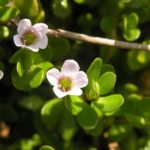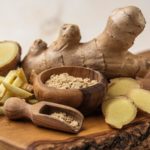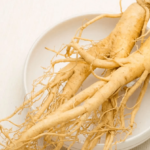
Menna Williams
BHSc (Nat), AdvDip Ayurveda, GradDipMedAcu
Amla has a rich history in Ayurvedic medicine, and has been used for thousands of years as a remedy for
- digestive and urinary problems
- headache
- anxiety
- diabetes
- heartburn
- vomiting and burning sensations
Only in the last decade has amla been introduced in the Western society, and currently amla is a subject of many studies and research.
Today, we talk about some of these studies and we’ll also share some insight into this amazing fruit.
Introduction
Amla (Hindi) or Amalaki (Sanskrit) is a tree with a fruit of the same name. In Ayurveda it’s known for its great rejuvenative action.
Amla is a great herb for the cold winter months
According to the ancient scripts, Chyavana, who was an Indian Seer or Sage, was given a herbal paste made up of mainly amla from the Ashvins (the Gods of Health and Medicine), which made him powerful enough to oppose a celestial thunderbolt!
Today, this herbal jam–like mixture is known as Chyanvanprash or Dhatri, which means “nurse”, given its healing and soothing properties.
Other names
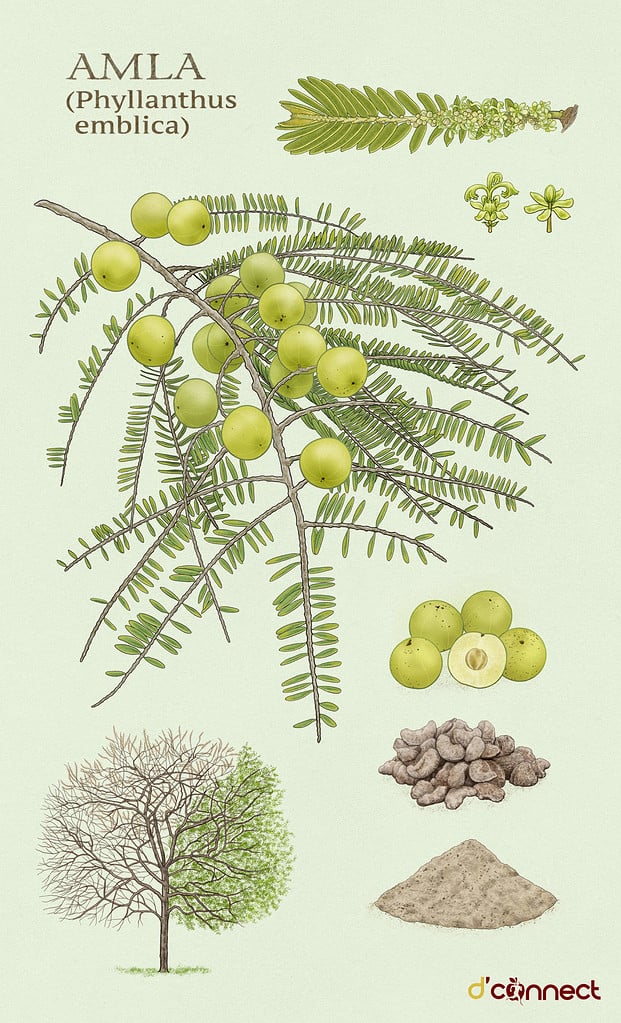
The botanical name of Amalaki is Phyllanthus emblica. It is also known as Indian Gooseberry or Emblic myrobalan. In Hindi it is called Amla and in Sanskrit Amalaki.
Characteristics
Amla is native to India, but also grows in Sri Lanka, Uzbekistan, South East Asia and parts of China.
It is a small to medium-sized deciduous tree with spreading branches and a smooth exfoliating bark. The leaves are light brown while the flowers are greenish yellow. The fruits are fleshy, shining yellowish/green when ripe with vertical stripes.
As with most Ayurvedic herbs all parts of the plant are used — root, leaves and seeds. The most valuable part of the plant is the fruit which is called “the great rejuvenator”.
Use
Amla has been used in Ayurvedic medicine for many conditions such as
- abdominal pain
- asthma
- anti-aging
- bronchitis
- cataracts
- common cold
- conjunctivitis
- diarrhea
- diuretic
- fever
- hair tonic/alopecia
- indigestion/dyspepsia
- liver tonic
- osteoarthritis and rheumatoid arthritis
Traditional use
Amla has been used extensively in cooking, and it’s one of the ingredients for making curries, chutneys, juices and candy.
The fruit (frozen) can be bought from Indian Supermarkets in New Zealand but it’s not very palatable. More often, it’s found in powder or capsule form.

Although it is known to be sour, bitter and astringent (dry), amla has a sweet aftertaste (vipaka).
It is used for all three doshas, Vata, Kapha and Pitta and is a very versatile herb.
RELATED — Vata imbalance: Are you always worried, anxious and cold?
Medicinal use
The fruits of amla are used as a general tonic and often included to make Triphala and Chyamanprash. Also, amla is included in many herbal preparations particularly for
- digestive and urinary problems
- headache
- anxiety
- diabetes
- heartburn
- vomiting and burning sensations
Amla can also be used externally to relieve burning sensations on the skin. This is why it’s often included in many conditions with heat in the body. Its chief action is to alleviate Pitta as it is light, dry and cold.
Nutritional facts
|
Amla nutritional value (per 100g) |
|
|
Protein |
0.5g |
|
Fat |
0.1g |
|
Carbohydrates |
14.1g |
|
Fibre |
3.4g |
|
Calcium |
0.05g |
|
Phosphorus |
0.02g |
|
Iron |
1.2mg |
|
Vitamin C |
600mg |
|
Nicotinic acid |
0.2mg |
The amla fruit is a rich source of vitamin C, with 100g serving of fresh fruits containing 450–700 mg of vitamin C, which is 15 times more than an orange.
RELATED — Vitamin C (Immunity and Collagen booster)
The fruit and most other parts of the plant contain
- gallic acid
- phyllemblin
- phyllemblic acid
- emblicol
- ellagic acid
- chebulagic acid
- glucogallin
- corilagin
- 3,6–digalloyd glucose
- putranjivin A
- emblicanin A and B
- pedunculagin
- quercetin
If you would like to read more about quercetin, please see 5 Natural remedies: For Allergies (Hay fever).
Amla is also one of the key ingredients in Chyawanprash, which is a tonic with a jam-like consistency, sometimes referred to as the Elixir of Life.
Health benefits
Amla is considered as a great restorative herb as it nourishes all bodily systems and tissues.
Amla and blood lipids
Amla has shown to be effective in lowering blood lipids, as well as assisting with the reversal of atherosclerosis.[1]
In one study, 500mg of amla extract twice daily for 12 weeks reduced triglyceride, total cholesterol, and LDL in 98 people with high cholesterol.
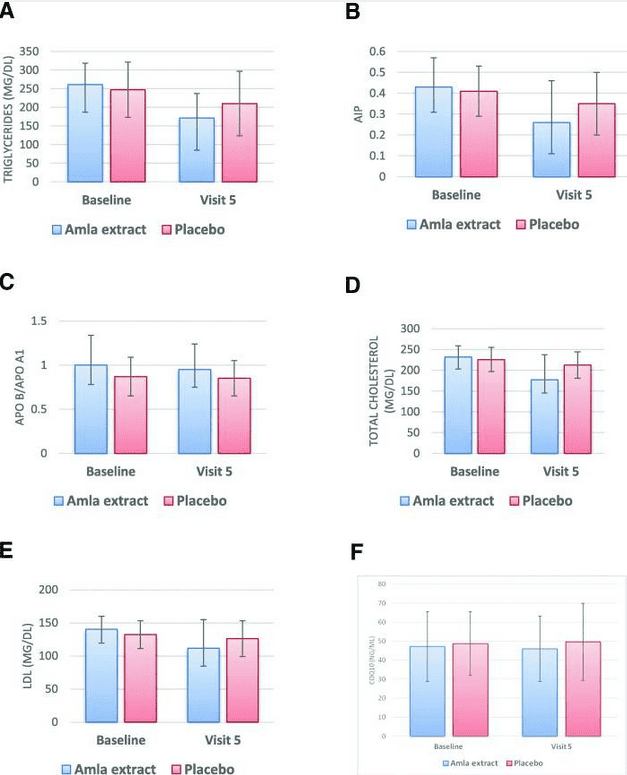
The ripe fruit is one of the chief constituents of a siddha preparation used to reverse atherosclerosis.
Amla as an antiviral
In more recent studies, researchers have reported amla’s antiviral activity and the positive effect it had on Covid-19 patients
- reduction in fever
- severity of cough
- shortness of breath
- myalgia
- inflammatory markers
- circulating oxygen levels
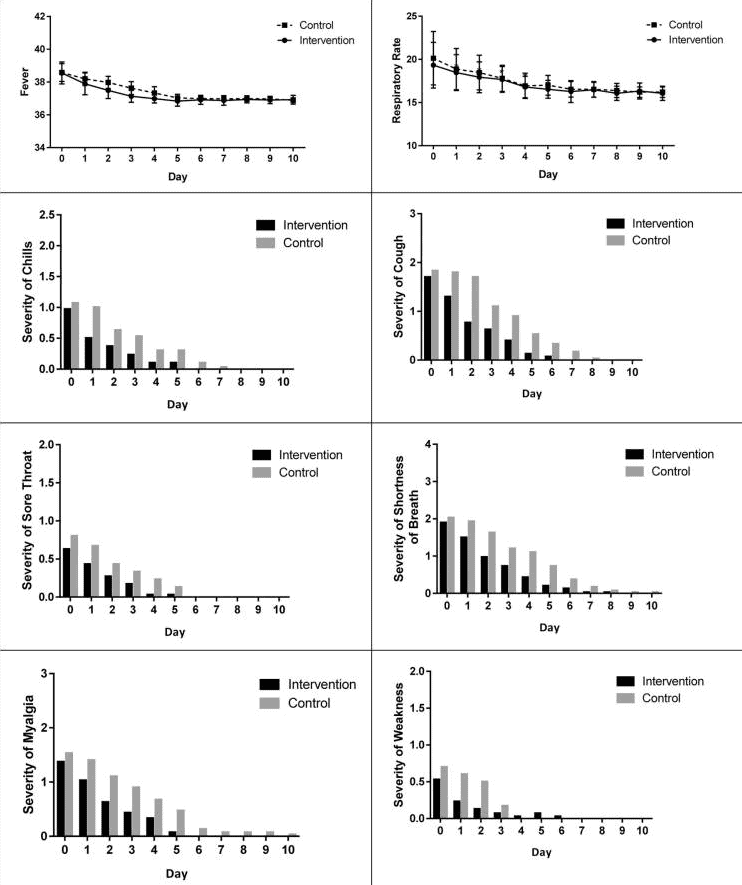
These improvements were noted in the group treated with amla in a randomized, double–blind, controlled trial.[2]
Amla and liver health
Due to its anti–inflammatory action and antioxidant actions it is considered a good herb for the liver.
In one study it was found that amla had the following hepatoprotective action, and quercetin helped prevent glutathione depletion and supporting CYP (Cytochrome P450).[3]
CYP’s enzymes are involved in the metabolism and detoxification of drugs, chemicals and endogenous substrates.
Amla and immunity
Amla is one of the fruits with the highest content of vitamin C, and it’s known to have great antioxidant and immune building properties.
Its antimicrobial activity was investigated in one study focusing on Staphylococcus, E. coli and Candida albicans.
The two bacteria and fungus were cultivated and tested, and the results showed that amla was strongly effective against the bacteria and had limited efficacy against the fungus.[4]
Amla and blood sugar levels
Current research suggests that the soluble fibre helps the body to regulate glucose, which reduces blood sugar spikes.
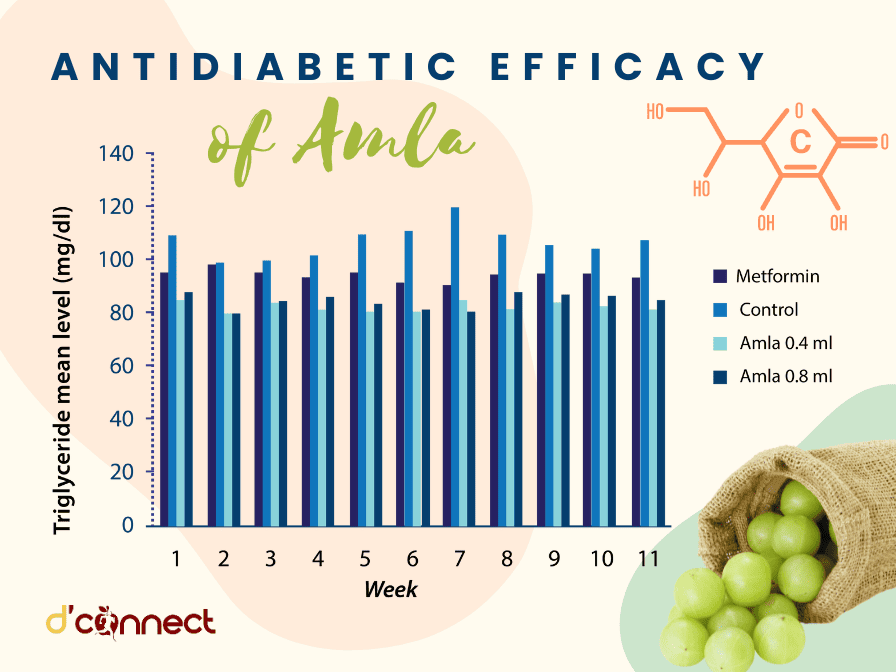
Source: Elobeid, M. Antidiabetic Efficacy of Aqueous Fruit Extract of Amla ( Emblica officinalis , Gaertn) in Streptozotocin-Induced Diabetes Mellitus in Male Rats. (2015)
Another, multicentric randomised open label trial study done by pharmaceutical corporation Sabinsa focused on using a dose of 1g and 2g, and recorded the improvement in glucose and lipid metabolism.
The 2g dose resulted in 21.8% lowering of fasting blood sugar compared to 14.6% in the 1g dose.[5]
Amla and digestion
Amla is a herb of choice for dyspepsia which causes acid reflux. Given that amla is alkaline, it helps soothe and strengthen the digestive tract.
Amla is one of the best herbs for balancing stomach acid
In a study, 40 subjects with hyperacidity were divided into 2 groups and one received 5gm of amla powder daily prior to eating, while the placebo group were given a ragi (finger millet) flour powder.
The results showed a marked improvement (75%) in the amla group compared to placebo.[6]
Amla and eye health
Amla juice is an excellent source of antioxidants particularly vitamin A and vitamin E and is therefore recognised as good for eye health and reducing risk of age-related eye degeneration.
A study undertaken concluded that amla improved cellular and mitochondrial health and might be an inexpensive and non–invasive therapeutic option for the treatment of macular degeneration.[7]
Amla and inflammation
A study using extracts of the fruits of amla was conducted on rats with granuloma activity (immune cells that form due to persistent inflammation stimulus).

The research concluded that amla had reduced granulomas through anti–inflammatory and antioxidant properties and was comparable to the use of non–steroidal anti–inflammatory drugs (NSAIDs) without the risk of gastric lesions.[8]
Also, extracts of leaves inhibited white blood cell activity supporting their antipyretic and anti–inflammatory action.[9]
Therapeutic dosage
Amla can be taken up to 5 grams a day in powder form (churna), split into two doses — morning and afternoon. It can be taken with honey, clarified butter or water, depending on the dosha.[10]
Fruit can be eaten or juiced (around 10–20 ml per day).
Capsules usually contain around 500–1000mg of amla, and the dosage depends on the individual and the condition.
Amla is also often added to a combined herbal supplement, such as Triphala (3 fruits), along with Bibhitaki and Haritaki, which is a popular balancing formula for rejuvenation and detoxification.
It is important to ensure plenty of water is consumed when taking amla as its high fibre content can cause discomfort for some individuals.
Safety concerns
The fruits are considered a food and no toxicity has been noted.
Amla might increase the risk of bleeding or bruising in people with bleeding disorders. Therefore, it is advisable to stop taking amla at least 2 weeks before the scheduled surgery.[11]
Amla should not be taken by pregnant or breastfeeding women unless advised by a health practitioner.
The benefits to digestion could result in initial discomfort, which can result in bloating and diarrhoea. This can happen if more than 5 grams are taken.
Taking amla for a long period of time can lead to dry skin.
Possible interactions with medications
Taking amla can cause a dip in blood sugar and blood pressure, so it’s important to be aware of this.
Due to its antiplatelet properties, it’s best to avoid amla before and after surgery, or if you are already on blood–thinning medication.
Amla can act as a blood–thinning agent
As always it is best to check with your Ayurvedic Practitioner if you are on any medications and/or with any serious health concerns before taking a formula or powder.
Possible interactions with herbs and supplements
Currently, amla seems safe to be taken with other herbs and supplements.
Summary

Note — feel free to share or download this illustration.
Related Questions
1. Who should not use amla?
Breastfeeding and pregnant women are not advised to take amla due to its extensive nutritional compounds affecting digestion.
Also, individuals on blood thinning medication or about to have surgery or immediately recovering from surgery should avoid taking amla.
2. Is amla safe to eat daily as fresh fruit?
Yes, it is. Traditionally, 2–3 pieces of fruit are eaten just before a meal to prevent indigestion.
3. Can Amla be used externally?
Yes, amla is known to be particularly good for hair and skin.
In Ayurveda it is used to strengthen hair follicles, given its astringent qualities that stimulate hair growth and relieves itchy dry scalp.
On skin it’s useful for excessively oily skin and acne.
4. What other herbs should be taken together with Amla to achieve a synergistic effect?
Amla, haritaki and bibhitaki make up Triphala, which is a well used Ayurvedic combination, great for digestion.
Amla is also included in Chyawanprash that is high in vitamin C content and often given to children as a tonic.
Another combination is mixing Amla with Ashwagandha and Brahmi. All three are rejuvenators. However, it is important to have a fairly strong digestion to take this combination.
If you would like to know more about other types of herbs, please feel free to browse through our Natural Medicine page.
Menna was born in rural Wales near the home place of ‘Meddygion Myddfai’ the twelfth century pioneers of medicine by the way of herbalism and healing. She studied at the Australian Institute of Holistic Medicine in Perth and in 2006 completed a Bachelor Health Science (Naturopathy) and an Advanced Diploma in Ayurveda, including an internship in Udepi, India. She also studied Traditional Chinese Medicine and Acupuncture furthering her interest and understanding of Eastern Medicine.
A loose understanding of Chinese and Indian philosophy includes the Dao which can translate to “the way” and in Ayurveda the Dharma which also is referred to as the “right way of living”. Menna finds these both modalities fascinating, because they focus on mind-body medicine, being in tune with nature, movement, bodywork and right food and herbal health.
Menna has been in New Zealand for many years and enjoys supporting and working with people on their personal health journey, by drawing on ancient texts and modern science to tailor their treatments.
If you would like to know more about Menna, please visit Aroha Health. She offers consultations and bodywork at the Loveday Clinic in Nelson.
References
(1) Upadya H, Prabhu S, Prasad A, Subramanian D, Gupta S, Goel A. A randomized, double blind, placebo controlled, multicenter clinical trial to assess the efficacy and safety of Emblica officinalis extract in patients with dyslipidemia. BMC Complement Altern Med. 2019 Jan 22;19(1):27. doi: 10.1186/s12906-019-2430-y. PMID: 30670010; PMCID: PMC6341673. https://www.ncbi.nlm.nih.gov/pmc/articles/PMC6341673/
(2) Varnasseri M, Siahpoosh A, Hoseinynejad K, Amini F, Karamian M, Yad MJY, Cheraghian B, Khosravi AD. The effects of add-on therapy of Phyllanthus Emblica (Amla) on laboratory confirmed COVID-19 Cases: A randomized, double-blind, controlled trial. Complement Ther Med. 2022 May;65:102808. doi: 10.1016/j.ctim.2022.102808. Epub 2022 Jan 29. PMID: 35093510; PMCID: PMC8799474. Retrieved from https://www.ncbi.nlm.nih.gov/pmc/articles/PMC8799474/
(3) Gulati RK, Agarwal S, Agrawal SS. Hepatoprotective studies on Phyllanthus emblica Linn. and quercetin. Indian J Exp Biol. 1995 Apr;33(4):261-8. Erratum in: Indian J Exp Biol 1995 Aug;33(8):precedi. PMID: 7558182.(3)
(4) Abhay Jayprakash Gandhi , Avdhoot Kulkarni , Mitali Bora , Lalit Hiray. ANTIMICROBIAL ACTIVITY OF PHYLLANTHUS EMBLICA – A MEDICINAL PLANT. Retrieved from https://ejmcm.com/article_7974_392763cecb761379f38048bec7bc359a.pdf
(5) Novel Emblica officinalis extract containing β-glucogallin vs. metformin: a randomized, open-label, comparative efficacy study in newly diagnosed type 2 diabetes mellitus patients with dyslipidemia. Retrieved from https://pubs.rsc.org/en/content/articlelanding/2022/FO/D2FO01862D#fn1
(6) Nanjaiah Sowmya Mandakall , Jyothi K, Shiva Kumar Kavita M B. THE EFFECT OF AMALAKI AS PATHYA IN AMLAPITTA (HYPERACIDITY). International Ayurvedic Medical Journal ISSN 2320 509. Retrieved from http://www.iamj.in/posts/images/upload/1402_1407.pdf
(7) Sonali R Nashine; Raj Kanodia; Anthony B Nesburn; Girish Soman; Baruch D Kuppermann; Cristina Kenney Emblica officinalis as a nutraceutical against AMD mitochondria-induced damage in RPE cells; therapeutic implications for macular degeneration.
(8) Golechha M, Sarangal V, Ojha S, Bhatia J, Arya DS. Anti-Inflammatory Effect of Emblica officinalis in Rodent Models of Acute and Chronic Inflammation: Involvement of Possible Mechanisms. Int J Inflam. 2014;2014:178408. doi: 10.1155/2014/178408. Epub 2014 Aug 21. PMID: 25215258; PMCID: PMC4158298. Retrieved from https://www.ncbi.nlm.nih.gov/pmc/articles/PMC4158298/
(9) Krishnaveni M, Mirunalini S. Therapeutic potential of Phyllanthus emblica (amla): the ayurvedic wonder. J Basic Clin Physiol Pharmacol. 2010;21(1):93-105. doi: 10.1515/jbcpp.2010.21.1.93. PMID: 20506691.
(10) Indian Medicinal Plants: Forgotten Healers : a Guide to Ayurvedic Herbal Medicine with Identity, Habitat, Botany, Photochemistry, Ayurvedic Properties, Formulations & Clinical Usage.
(11) Major Herbs of Ayurveda. (2002). United Kingdom: Churchill Livingstone.
(12) Charaka Samhita (English translation) by Shree Gulabkunverba Ayurvedic Society | 1949 | 383,279 words | ISBN-13: 9788176370813



